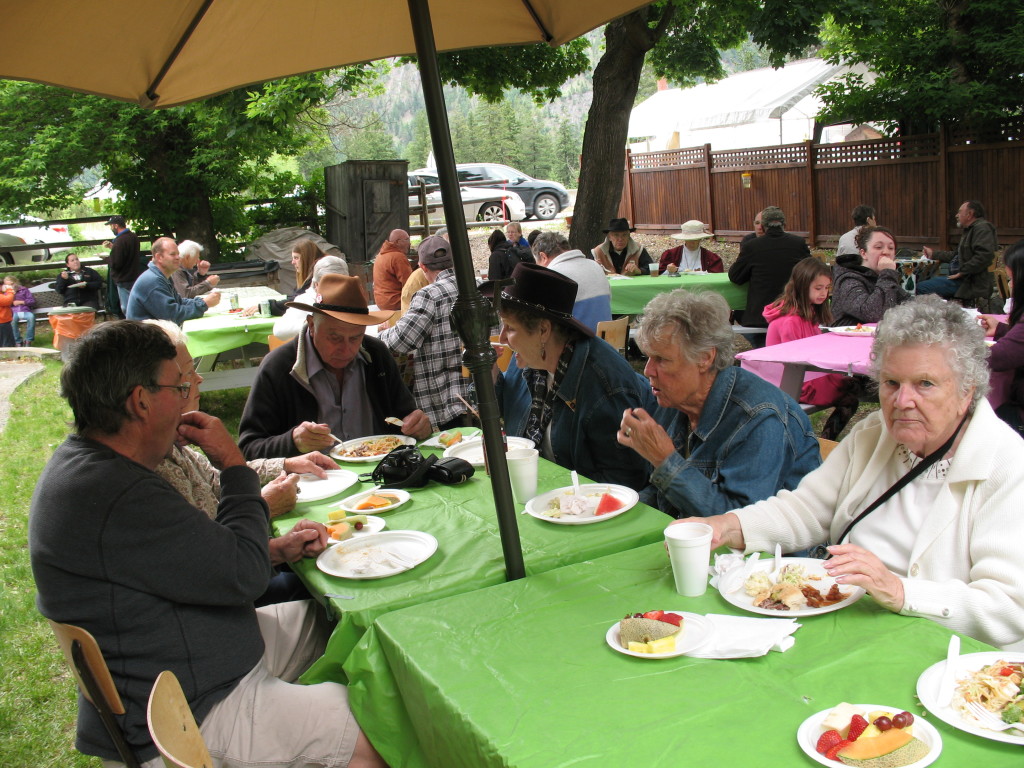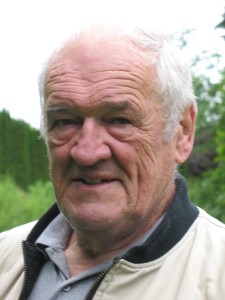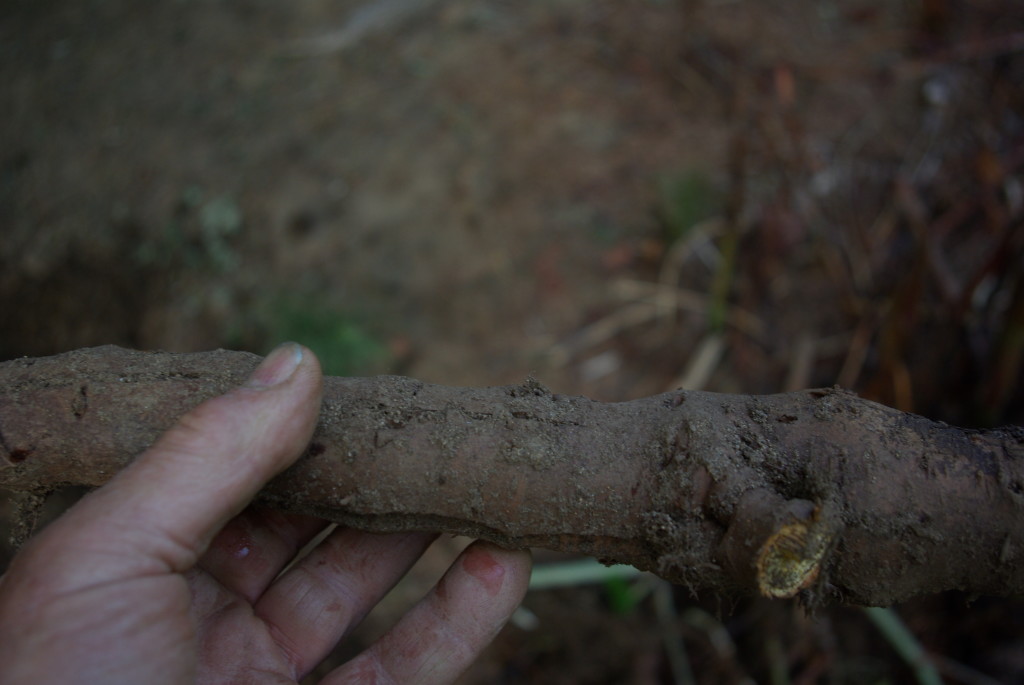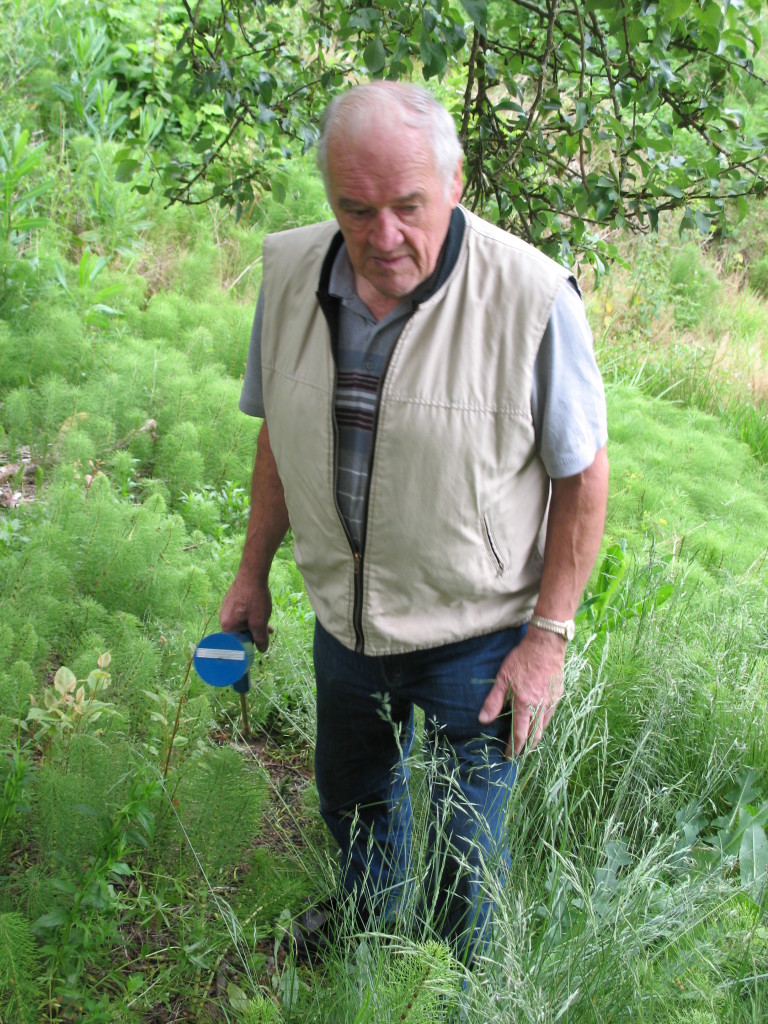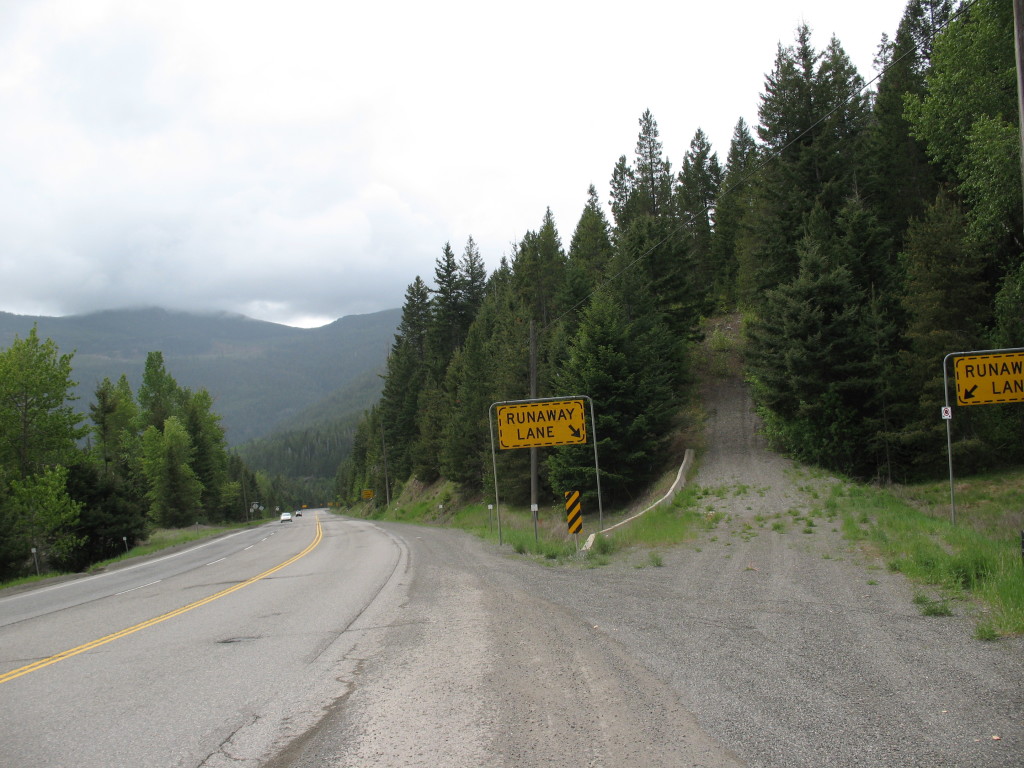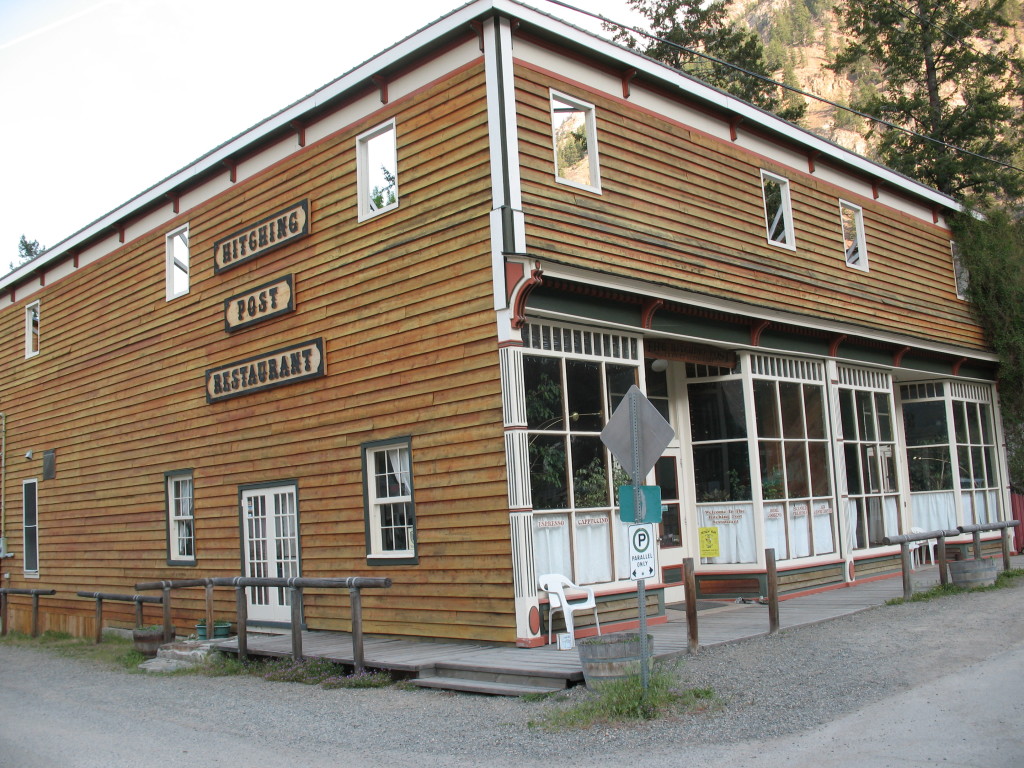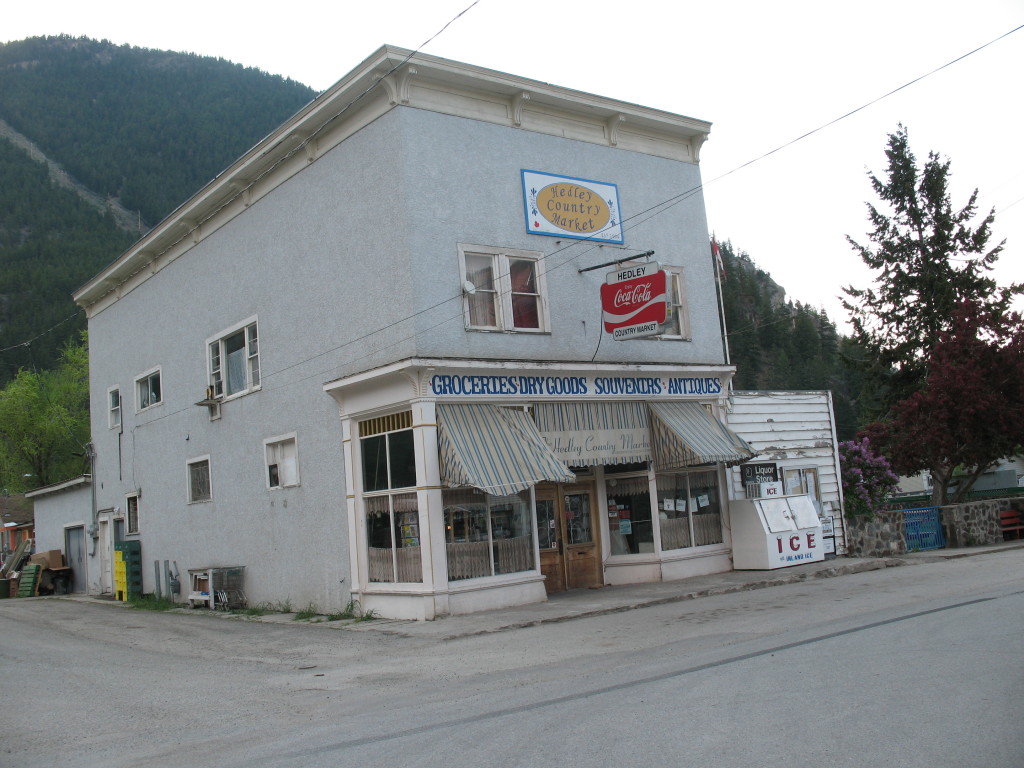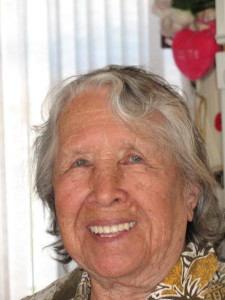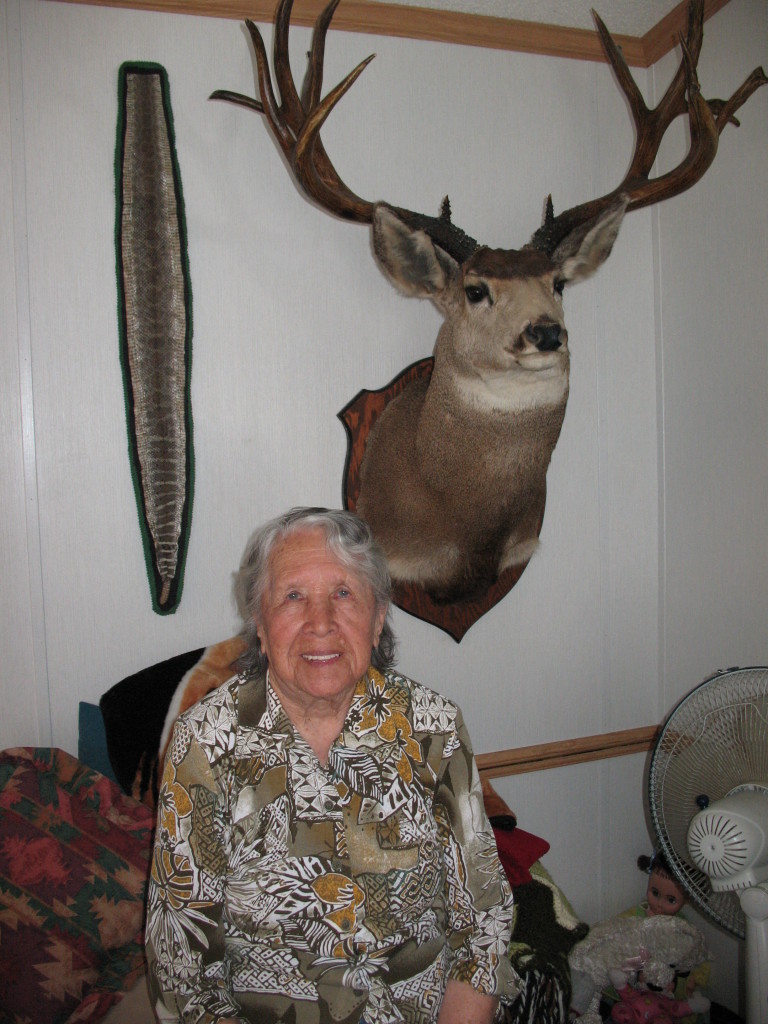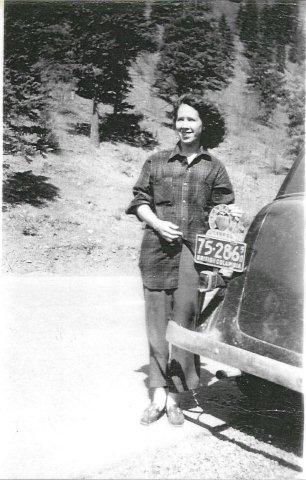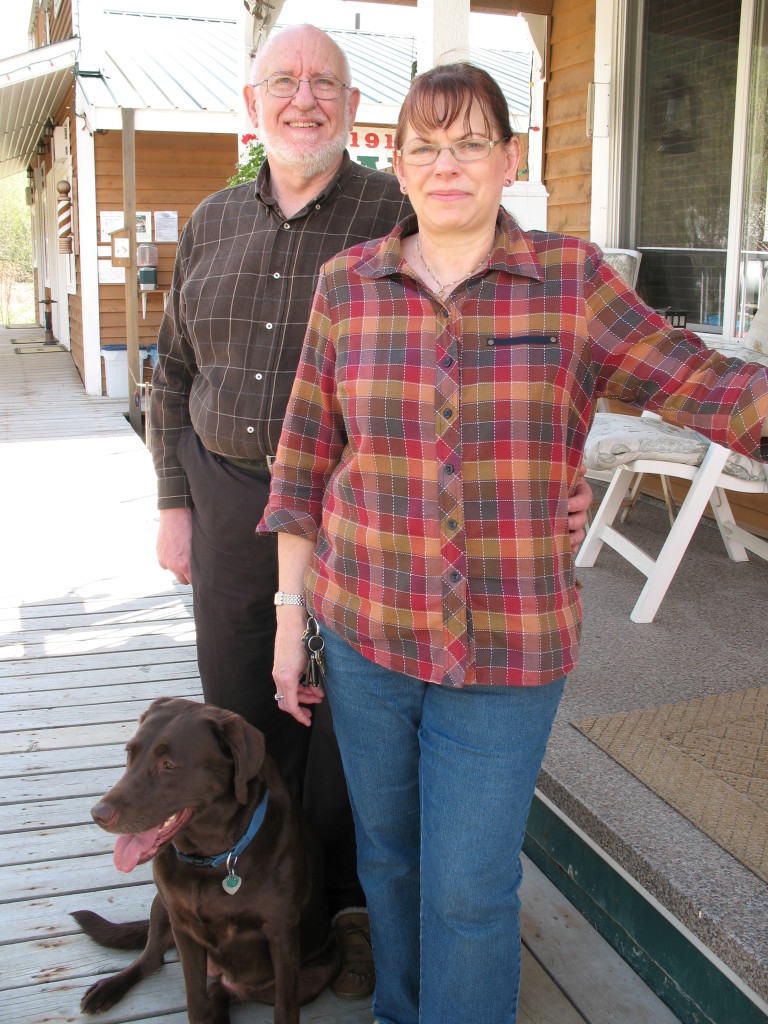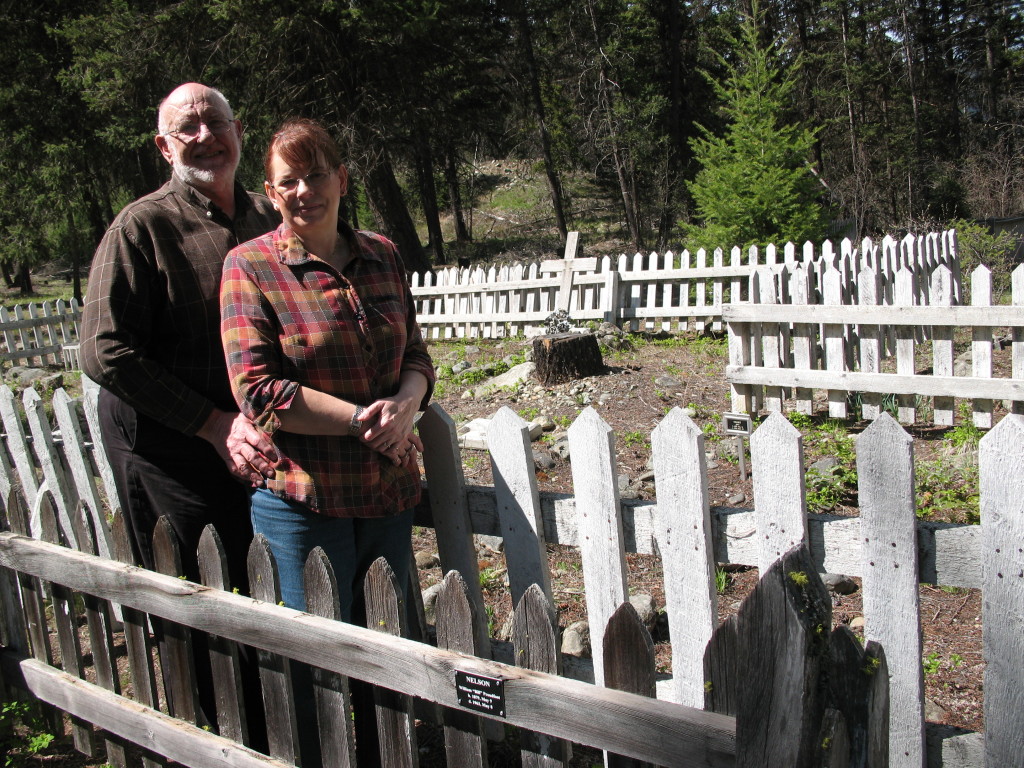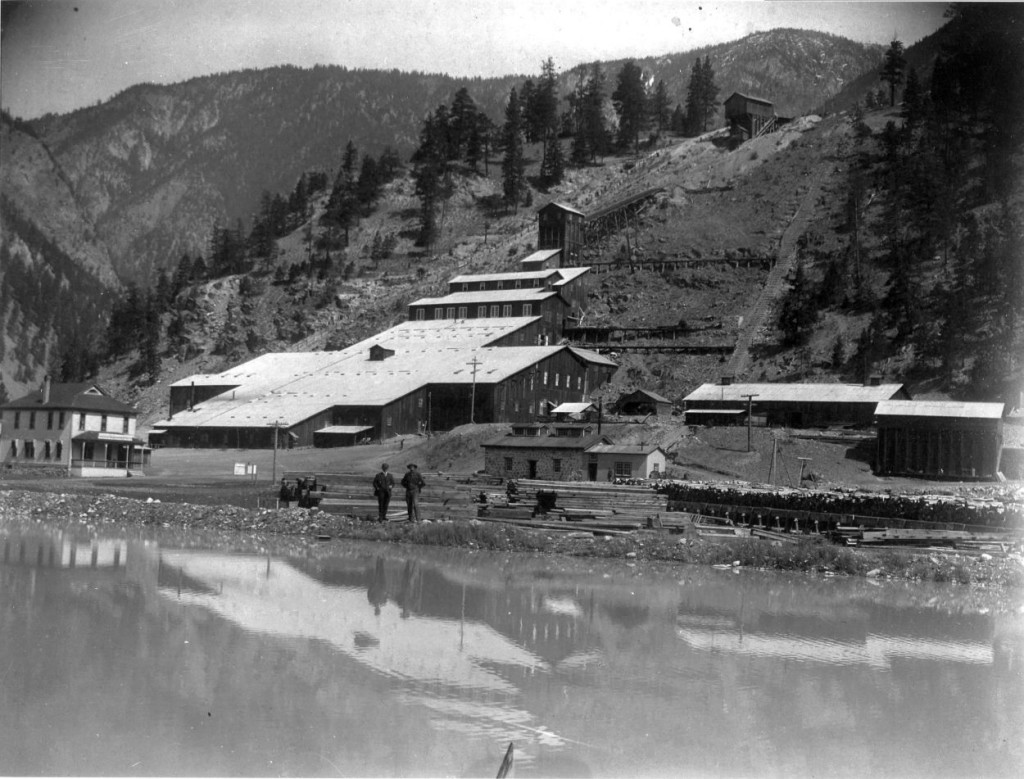
Fearing rain would wash out the May 28 Stamp Mill Day celebration in Hedley, organizers debated various strategies, including a Sun Dance. Virtually no rain fell so possibly the latter tactic did keep it at bay.
Sponsored by the Hedley Heritage Museum Society, Stamp Mill Day is a celebration of the swashbuckling mining era when the unrelenting thump of the stamping could be heard day and night, with no respite on weekends. Former Hedley resident Helen Moore, now living in Penticton, described it as a constant roar in the background. According to local historian Jennifer Douglass, the mill used 40 heavy iron stamps to crush the ore. She has heard that after the mill ceased operations, people in town experienced difficulty getting sufficient sleep. They had gotten used to the unceasing thumping of the stamps. It seems there is no longer anyone still living in Hedley who can verify this.
Some 70 guests arrived from diverse locations, including Alberta, Kelowna, Summerland, Keremeos and Princeton. In the morning Terry Regier schooled the children in gold panning and Jan Leake painted their faces. Lunch was served in the back yard of the Museum under a canopy of green branches provided by large trees. There were numerous compliments for the Hedley cooks who again prepared a meal that delighted the palate. This year it was beef on a bun, potato and vegetable salads, plus a selection of fruit. Five cent ice cream cones attracted a steady line up of excited children and appreciative adults.

Entertainment was provided by George Huber and Colleen Cox of Lund, B.C. Billing themselves as The Seniors, they are a high octane duo, a popular item on the provincial Blue Grass circuit. Local residents, Eric Lance and Bill Day backed them up with guitar, mandolin and voice.
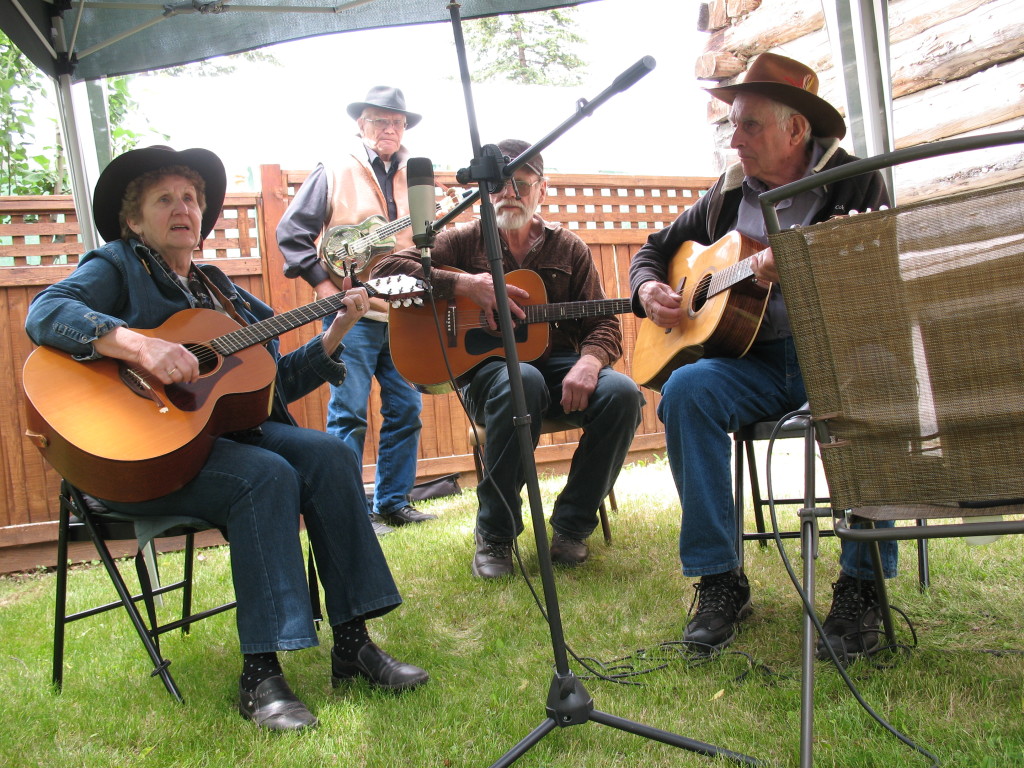
Like most rural community events, Stamp Mill Day was a success because a small band of committed volunteers planned and prepared for several weeks. Museum President, Jean Robinson said, “I’m happy with the way it turned out. People enjoyed the meal and the music. It was a success because of the people who pitched in to help. Also those who donated food.”
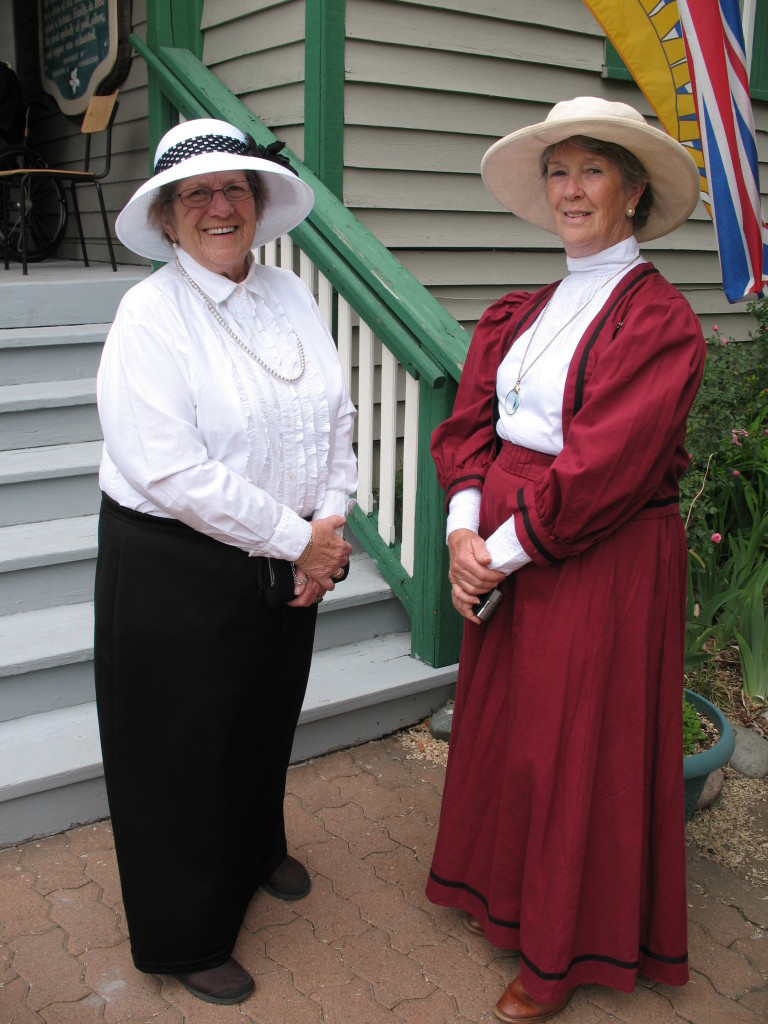
The mine and the Stamp Mill are no longer producing gold, but glittering memories linger.

